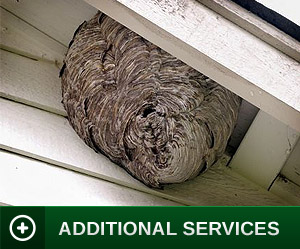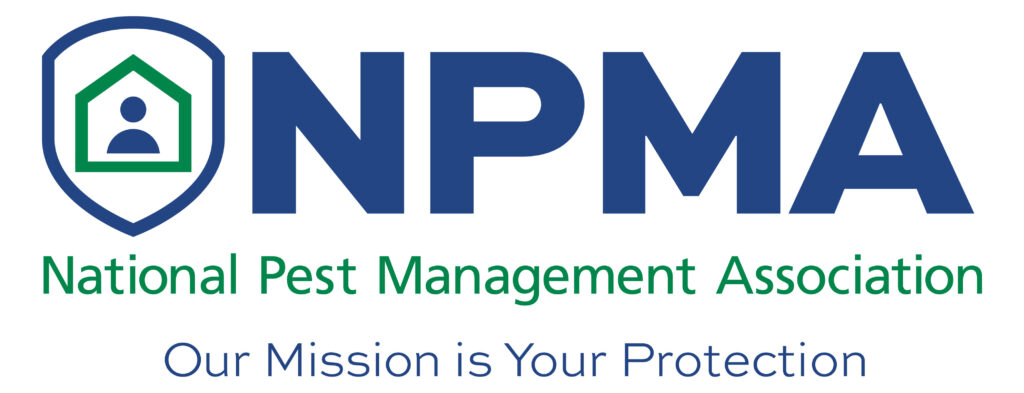 Appearance
Appearance
Interestingly, skunks once were considered members of the weasel family. There are several species in the United States, but there are only two of real significance: the striped skunk (Mephitusmephitis) and the spotted skunk (Spilogale putorius). These are considered to be the most common and troublesome of their relatives.
Skunks range in size and appearance, depending on species. They often are around 60 to 70 cm long and usually are black with white stripes or spots.
Behavior, Diet & Habits
Skunks can be both a blessing and a curse. They are mostly carnivorous and feed on rodents considered harmful to humans like moles, shrews, ground squirrels, rats, mice and other small mammals. Also, they help keep insect populations low through their affinity for crickets, beetles, grasshoppers and other types of insect larvae. However, while helping control unwanted populations, skunks are known to do harm to property and domestic animal populations too. If available, skunks will feed on poultry and their eggs. Also, they eat garden vegetables and fruit, do damage to lawns when foraging for insects and damage beehives (eating adult and larval bees in the process).
Skunks like digging under foundations to take refuge beneath homes and in other, less trafficked buildings. They also will burrow under low decks.
Skunks carry serious health concerns. The striped skunk is second only to the raccoon in number of recorded rabies cases within the United States.The skunk odor is a repellent of predators. They have two internal glands at the base of the tail which can produce a thick, volatile, oily liquid containing sulfur compounds. Before discharging, the skunks will do their own version of a war dance to scare away the potential threat. Once the tail is raised, be on alert. The fluid can be discharged up to 20 feet with high accuracy up to 10 feet. The skunk can fire multiple times when needed. If any gets into the eyes of humans or pets, pain and temporary blindness can occur.
Skunks are mostly active in warmer months. They don’t actually hibernate, but will remain inactive in their dens for days to weeks during extreme cold. They are nocturnal.
Reproduction
Skunks typically mate in late winter, and the young are born from mid spring to mid summer. The spotted skunk may have two litters during the year. The young don’t have long to learn from their parents. They are out of the den by fall and on their own.
 Signs of a Skunk Infestation
Signs of a Skunk Infestation
Markings
Skunks carry a noteworthy reputation because of their well-storied defense mechanism. Fortunately, they have distinct markings and are easy to spot, making recognition and avoidance easier.
Aside from their appearance, the foraging damage is indicator of skunk activity. They may dig furrows in the ground or tear open trash bags.




